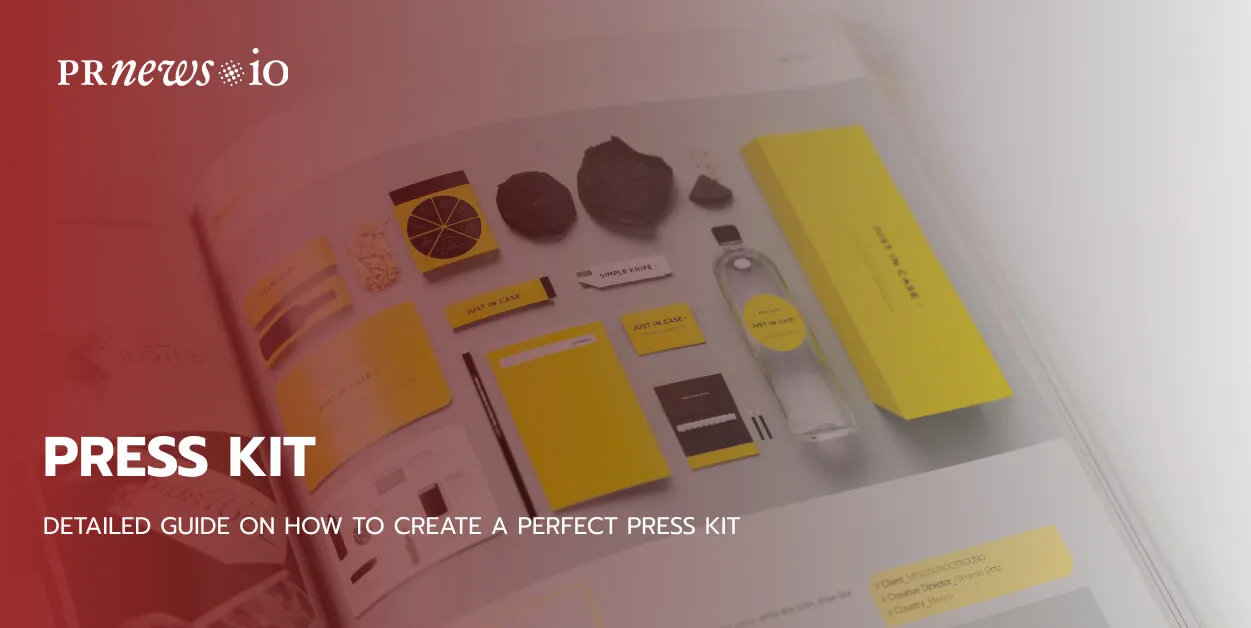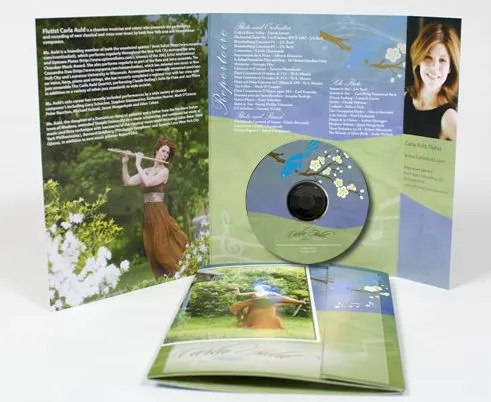Crafting Your Press Kit Cover Letter
A well-crafted cover letter is your first impression. It’s the gateway to getting your press kit noticed, read, and acted upon. It’s not merely a formality; it’s a crucial component in securing media coverage. Before anything else, it’s essential to understand your audience which is usually a journalist, editor, or blogger. Researching their areas of interest and past work will help you tailor your letter and make it more relevant. Start with a compelling hook, something that immediately grabs their attention. This might be a unique piece of information, a bold statement, or a specific question that highlights the relevance of your story to their audience. The opening must be concise, and the tone should be professional yet personable. Remember that you are aiming to build a relationship, even in a single letter, so make sure to show some personality and your enthusiasm in your communication.
Highlighting Your Value Proposition
Your value proposition is the core of your cover letter; it tells the media why they should care. Clearly communicate the benefits of covering your story. What makes your story newsworthy? How will it interest the journalist’s audience? This section should address the ‘so what’ factor. What problem does your product or service solve, or what unique perspective does your story provide? Ensure that you connect your message to current trends, relevant events, or the media outlet’s focus. Quantify your claims whenever possible. Statistics, numbers, and data points add credibility and illustrate the impact of your story. For example, instead of saying ‘we’ve seen significant growth’, you could state ‘our sales have increased by 30% in the last quarter’. This gives a much clearer picture of your success and makes your story more compelling.
Showcasing Achievements and Accolades

Include brief mentions of your most significant achievements, awards, or accolades. This section builds credibility and shows that you’re a legitimate source. Focus on accomplishments that support your story’s newsworthiness or validate your claims. If you’ve won any industry awards, been featured in prominent publications, or achieved significant milestones, mention them. Provide context and explain the significance of each achievement. For instance, if you’ve been recognized for innovation, briefly describe the innovation and why it’s important. Keep this section concise. The goal is to pique interest, not to list your entire resume. The cover letter is a trailer, not the full movie. Too much information can overwhelm the recipient and reduce the impact of your key selling points.
Creating a Compelling Call to Action
A strong call to action (CTA) encourages the recipient to take the next step. What do you want the journalist to do after reading your letter? Do you want them to review your press kit, schedule an interview, or cover your story? Make your request clear, direct, and easy to follow. Provide the necessary contact information, including your name, title, email address, and phone number. If you have a dedicated media contact, include their details as well. Make it easy for the journalist to get in touch. Be specific in your CTA. Instead of a generic ‘Please contact me’, try ‘I’m available for an interview next week. Please contact me at your convenience.’ This specifies the desired action and offers a clear path. Always express gratitude for their time and consideration. A simple ‘Thank you for your time and consideration’ shows respect and professionalism.
Formatting and Proofreading Your Letter
Presentation matters. Poor formatting and grammatical errors can undermine the impact of your message. Use a professional, easy-to-read font, such as Arial or Times New Roman, and maintain consistent formatting throughout the letter. Keep paragraphs short and well-spaced. Use bullet points or numbered lists to organize information and make it easier to scan. Proofread your cover letter meticulously. Check for spelling errors, grammatical mistakes, and typos. Have someone else review it as a second pair of eyes can often catch errors you might miss. Ensure all contact information is accurate and up-to-date. A single error can prevent a journalist from reaching you. Always tailor your letter to the specific media outlet and journalist. A generic letter will be less effective than one that is clearly targeted and personalized.
Understanding the Purpose of the Cover Letter

The primary goal of a press kit cover letter is to generate interest and persuade the recipient to engage with the enclosed materials. It serves as a personalized introduction, setting the stage for the information presented in the press kit. Unlike a press release, which aims to announce something specific, the cover letter aims to create a connection and highlight the newsworthiness of the story. The cover letter isn’t a full story; it’s designed to provide context, build credibility, and encourage further investigation. It needs to capture the attention of the recipient quickly and make them want to learn more. The cover letter’s secondary goal is to provide easy access to more information and contact details. Ensure the journalist knows how to reach you or a designated media contact. It should make it as easy as possible for the recipient to get in touch for interviews, additional information, or to request more details. This proactive approach increases the likelihood of a positive response and media coverage.
Essential Elements of a Cover Letter
A compelling cover letter contains several essential elements. Begin with a clear and professional salutation, addressing the recipient by name. Researching the media contact is very important. Follow this with a concise, attention-grabbing opening statement that immediately captures their attention. Highlight the key points of your story and explain its relevance. The body of your letter should provide a brief overview of your story. Focus on the ‘who,’ ‘what,’ ‘where,’ ‘when,’ and ‘why’ of your narrative. Include relevant information that supports your story, such as achievements, awards, or data. Finish with a clear and direct call to action. What do you want the journalist to do next? Provide clear instructions and contact information, making it easy for them to follow up. End with a professional closing, thanking the recipient for their time and consideration. Ensure the tone of the letter is professional, enthusiastic, and tailored to the media outlet.
Tips for Grabbing Attention
To grab the media’s attention, use these simple tips: Start with a strong hook, such as a surprising statistic or a compelling quote. Tailor your message to the specific interests of the journalist and media outlet. Reference their past work to show that you’ve done your research. Keep it concise and to the point. Journalists are busy, so respect their time by delivering the information quickly. Use a clear, easy-to-read layout and font. Employ bullet points to organize the key information. Quantify your claims with data, statistics, and numbers whenever possible. Personalize your letter. Avoid generic templates, and mention something specific about the journalist’s work. Emphasize the benefits of covering your story, such as providing exclusive content or access. Highlight how your story aligns with their audience’s interests and the media outlet’s editorial focus.
Dos and Don’ts for a Press Kit Cover Letter

Follow these Do’s and Don’ts to create an impactful cover letter. Do: Research the journalist and media outlet thoroughly. Keep your letter concise and focused. Highlight your key message and value proposition. Personalize your letter to match the recipient’s interests. Proofread carefully for errors. Include a clear call to action. Provide easy-to-find contact information. Don’t: Use generic templates. Send mass emails without personalization. Make it too long or overly detailed. Forget to proofread your letter. Use jargon or complex language. Fail to include a call to action. Over-promise or make unsubstantiated claims. Following these guidelines ensures your cover letter effectively communicates your message.
Reviewing Your Cover Letter Before Submission
Before sending your cover letter, take time for a thorough review. Check for any typos, grammatical errors, or formatting inconsistencies. Verify the accuracy of all information, especially contact details. Ensure the letter is tailored to the specific journalist and media outlet. Ask a colleague or friend to review it for clarity and effectiveness. If possible, get feedback on the overall impact of your letter. Once you’re satisfied, send your cover letter with confidence, knowing that it represents your story professionally and effectively. By following these steps, you increase your chances of securing media coverage and achieving your public relations goals. Remember, a well-crafted cover letter is a critical tool in media relations.
